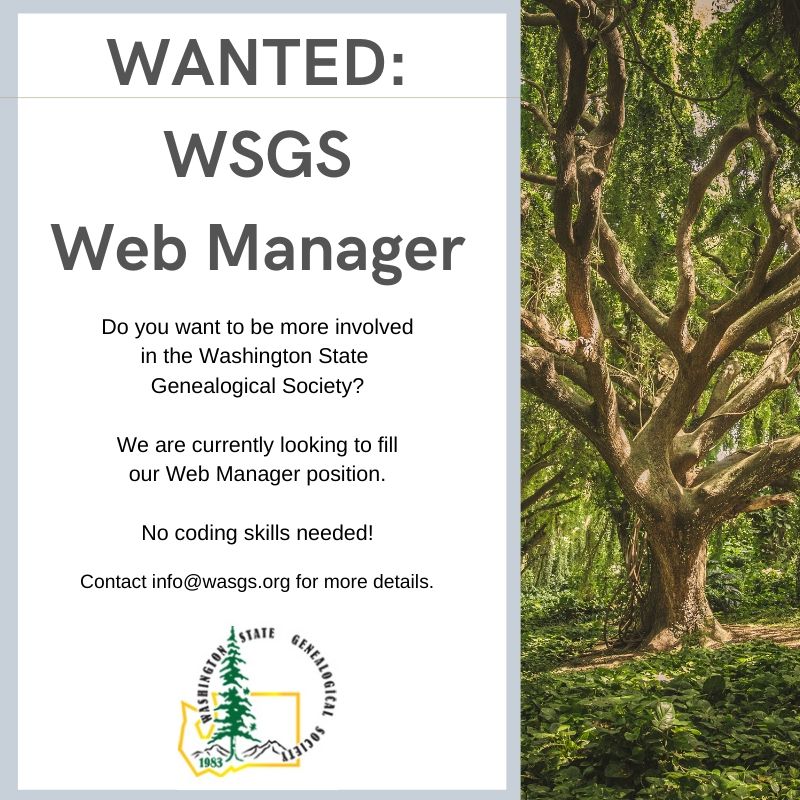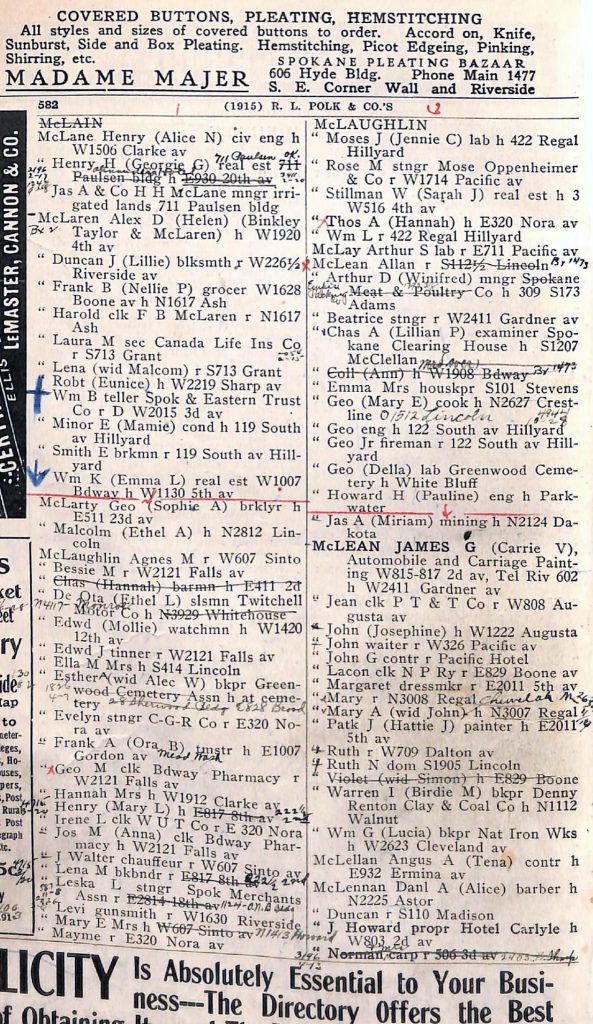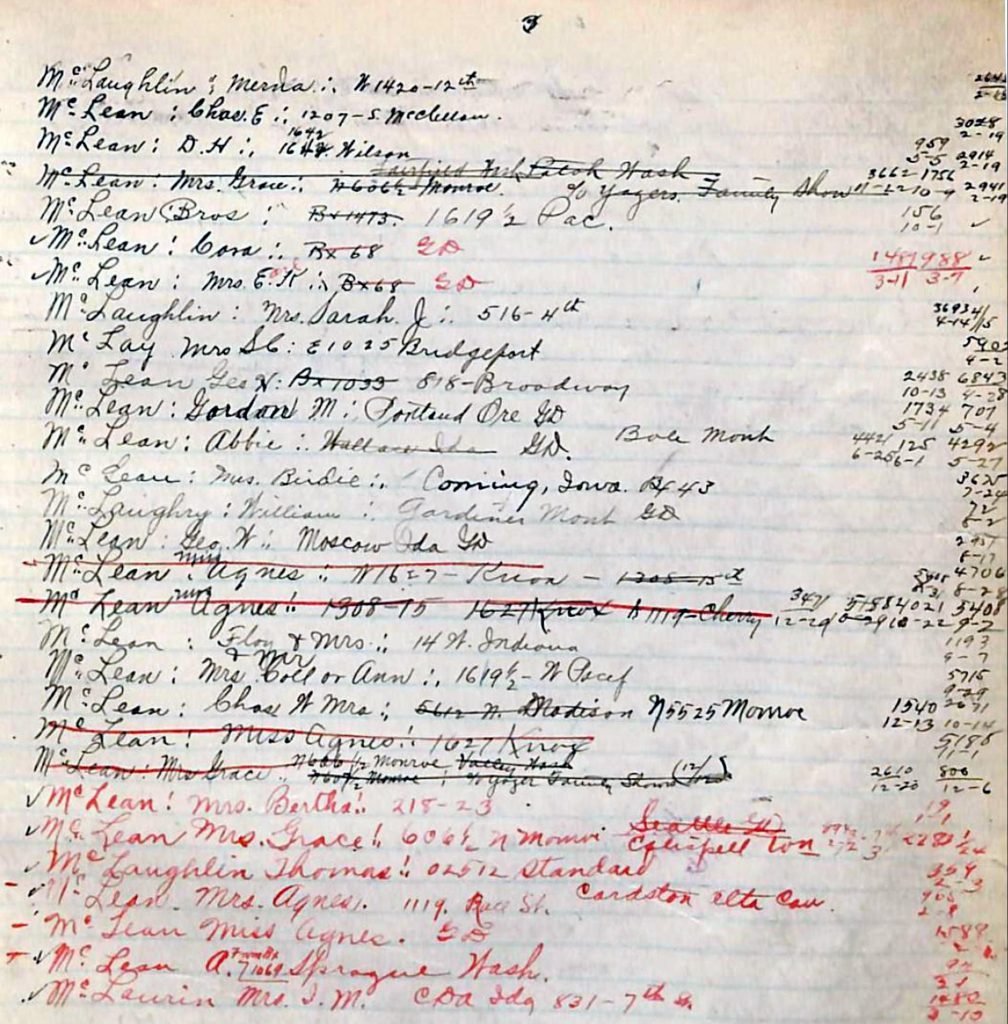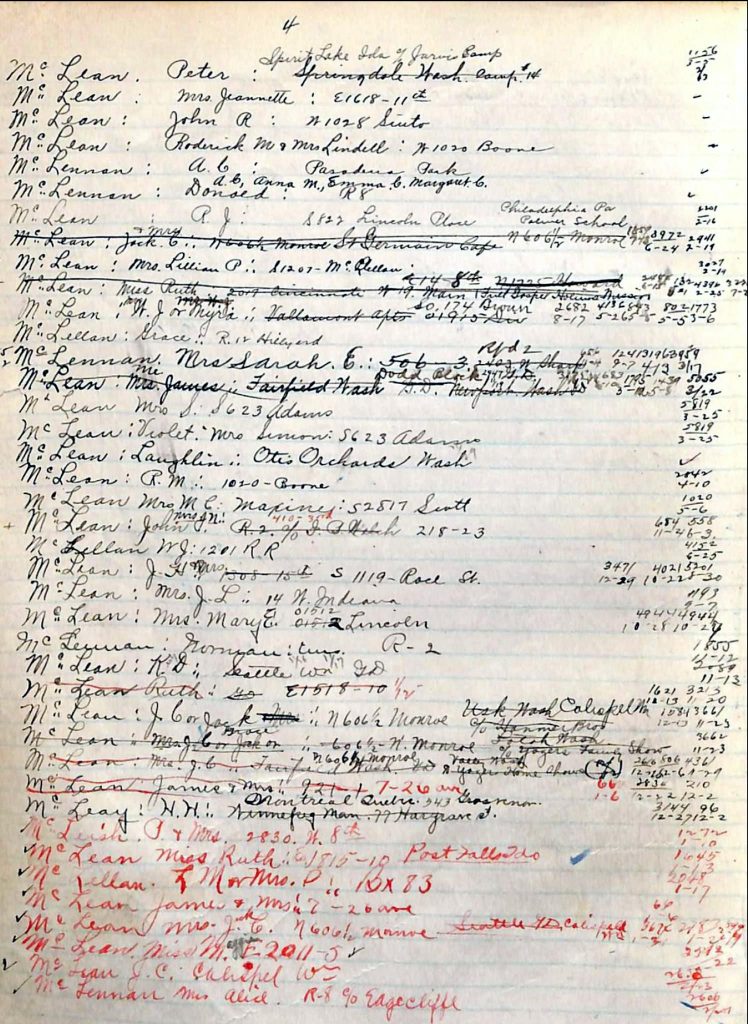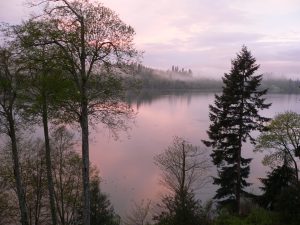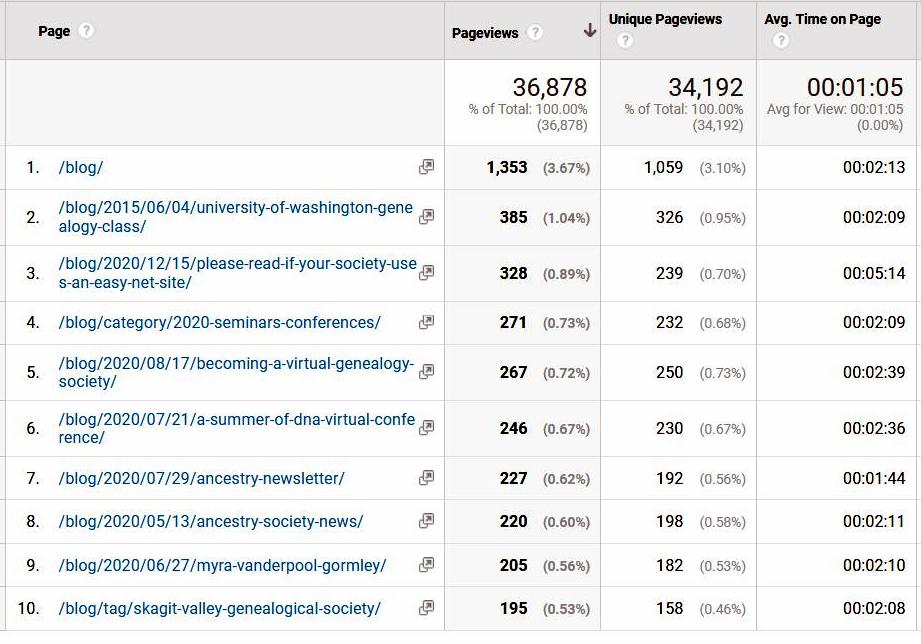
I was not really surprised by number 1 as many subscribers just click on the blog, but I was totally surprised by number 2 as it was written by Roxanne Lowe in June of 2015 about an upcoming genealogy class at the university of Washington. I do know it popped into the top ten most clicked on posts several weeks during the year.
Number 3 on the list continues to be read and I hope it has helped a lot of societies that use Easy Net Sites.
Number 4 on the list is 2020 Seminars-Conferences which was pretty much a disappointment to everyone this year.
Number 5 and 6 are on how we are changing from in person conferences to online conferences.
Number 7 and 8 was kind of new as I had shied away from posting about the Payed genealogy sites before this. Should I cover them more in the blog?
Number 9 is kind of sad for me as it was on the death of my cousin Myra Vanderpool Gormley. Myra is probably the reason I am here blogging, and I was amazed by E-Mails I received from all over the USA after I wrote this blog post. Myra will be missed.
Number 10 is from Skagit Valley Genealogical Society one of the societies that has switched to online meetings.

